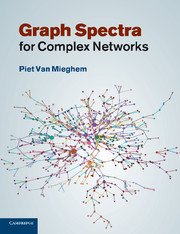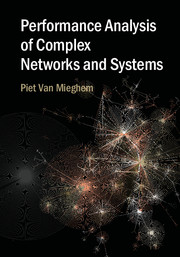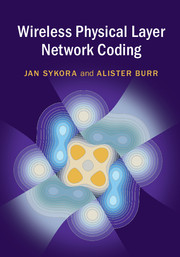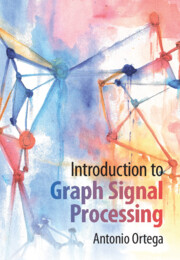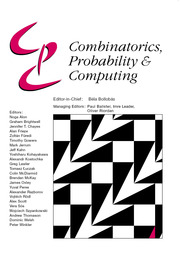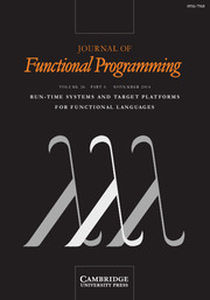Graph Spectra for Complex Networks
Analyzing the behavior of complex networks is an important element in the design of new man-made structures such as communication systems and biologically engineered molecules. Because any complex network can be represented by a graph, and therefore in turn by a matrix, graph theory has become a powerful tool in the investigation of network performance. This self-contained 2010 book provides a concise introduction to the theory of graph spectra and its applications to the study of complex networks. Covering a range of types of graphs and topics important to the analysis of complex systems, this guide provides the mathematical foundation needed to understand and apply spectral insight to real-world systems. In particular, the general properties of both the adjacency and Laplacian spectrum of graphs are derived and applied to complex networks. An ideal resource for researchers and students in communications networking as well as in physics and mathematics.
- General properties of both the adjacency and Laplacian spectrum of graphs are derived and applied to complex networks
- Proofs are written in a deductive and comprehensive manner, presenting all the derivations required in one place
- Practical examples illustrate how mathematical and statistical tools can be applied to real-world networks
Product details
October 2012Paperback
9781107411470
364 pages
246 × 189 × 19 mm
0.65kg
Temporarily unavailable - available from TBC
Table of Contents
- Preface
- Acknowledgements
- 1. Introduction
- Part I. Spectra of Graphs:
- 2. Algebraic graph theory
- 3. Eigenvalues of the adjacency matrix
- 4. Eigenvalues of the Laplacian Q
- 5. Spectra of special types of graphs
- 6. Density function of the eigenvalues
- 7. Spectra of complex networks
- Part II. Eigensystem and Polynomials:
- 8. Eigensystem of a matrix
- 9. Polynomials with real coefficients
- 10. Orthogonal polynomials
- List of symbols
- Bibliography
- Index.

